
Magento 2 Load Balancer: How AWS ELB Works
How can Magento 2 load balancer boost e-commerce site's performance? It distributes traffic across multiple servers and improves resource use. It prevents overload on any single server. AWS load balancer handles heavy traffic and ensures your site stays up and runs. This article explores how Magento 2 load balancer enhances your site's performance.
-
Understand how Magento 2 load balancer improves e-commerce site performance.
-
Explore the functionality of AWS Elastic Load Balancing in distributing incoming traffic.
-
Learn about different types of AWS load balancers and their features.
-
Discover Magento 2 AWS load balancing services for enhanced performance and scalability.
-
Learn about Elastic Load Balancing benefits: high availability, automatic scaling, and enhanced security.
What is Magento Load Balancer?

Load balancers track the health of back-end resources. It prevents servers from overloading and ensures efficient workload distribution. Load balancing improves cloud environment performance. It enhances response and execution times along with system stability. Yet, current surveys need to provide a systematic classification. They need more detail on load-balancing methods and procedures.
In the context of Magento 2, a load balancer distributes incoming traffic. It sends traffic to many servers running the Magento application. It helps handle high levels of user traffic. It processes requests in a timely manner to prevent server overload.
How Elastic Load Balancing Works in AWS?
| Steps | Explanation |
|---|---|
| Distributes incoming traffic | Across many targets like EC2 instances. Also includes ECS containers, Lambda functions, and IP addresses. Located in many AZs. |
| Distributes client traffic | Across servers to improve application performance. |
| Accepts incoming traffic | From clients and directs requests to registered targets. |
| Monitors registered targets | Routes traffic only to healthy targets. |
| Enables deletion protection | To prevent accidental deletion of the load balancer. Disabled by default. |
| Does not delete instances upon deletion | When you delete the ELB, it does not affect the instances registered to it. |
| Cross Zone Load Balancing | Distributes traffic across all enabled AZs. |
| Supports SSL Offloading | Allows the ELB to bypass SSL termination. Removes SSL-based encryption from incoming traffic. |
Types of Magento AWS Load Balancer
1. Network Load balancer
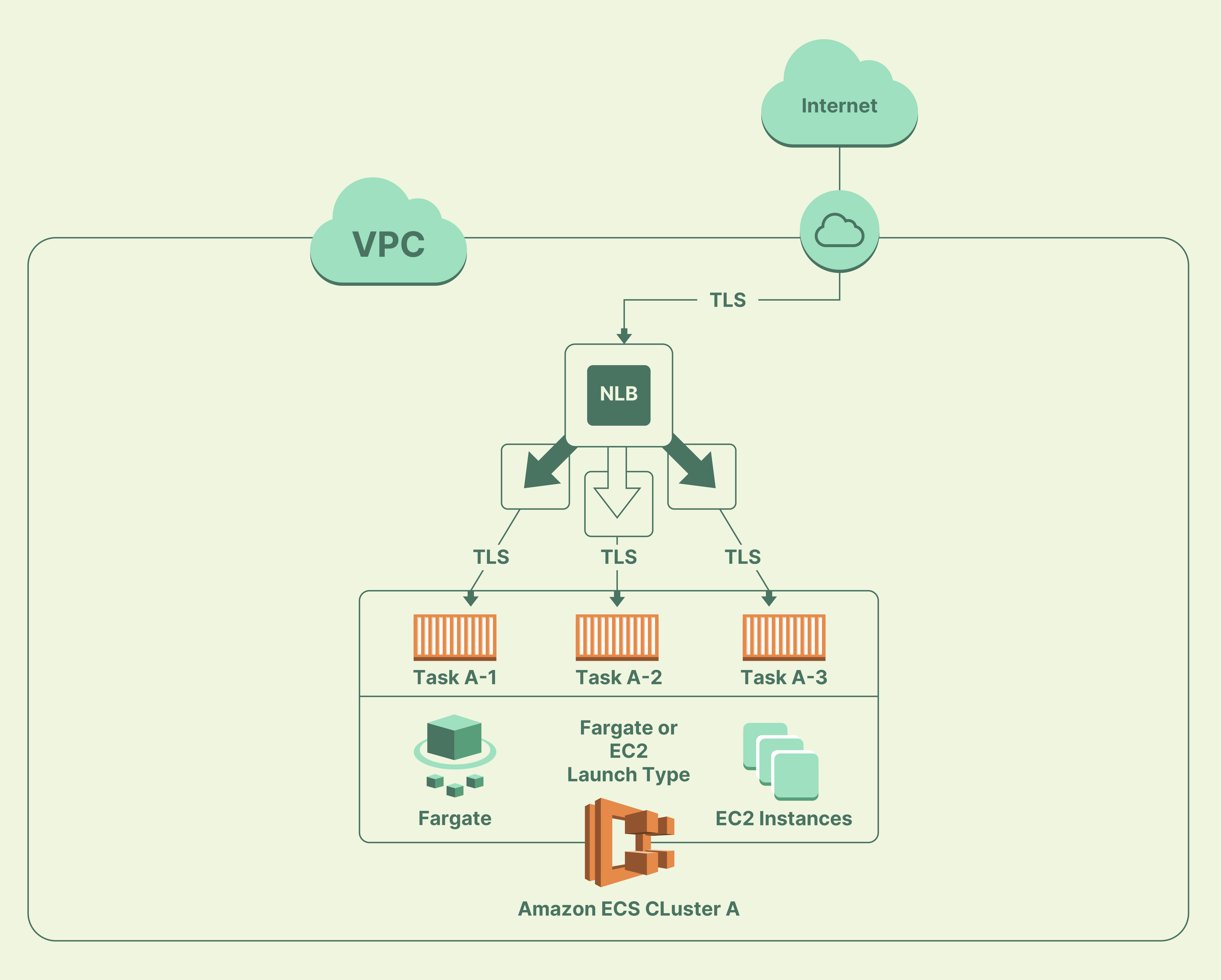
AWS Elastic Load Balancing distributes incoming traffic. It targets many destinations like EC2 instances and containers across different Availability Zones. The Network Load Balancer option is notable. It operates with high performance at Layer 4 of the OSI model.
Network Load Balancers improve traffic distribution across EC2 Instances. They manage sudden and heavy traffic loads. They reduce latency by utilizing TCP protocol support. This protocol can handle millions of requests per second.
Features include support for static or Elastic IP addresses. The system disables cross-zone balancing by default. They preserve client source IPs for improved app integration. Additionally, they support connections over inter-region VPC peering, AWS-managed, and third-party VPNs.
Limitations:

2. Application Load balancer
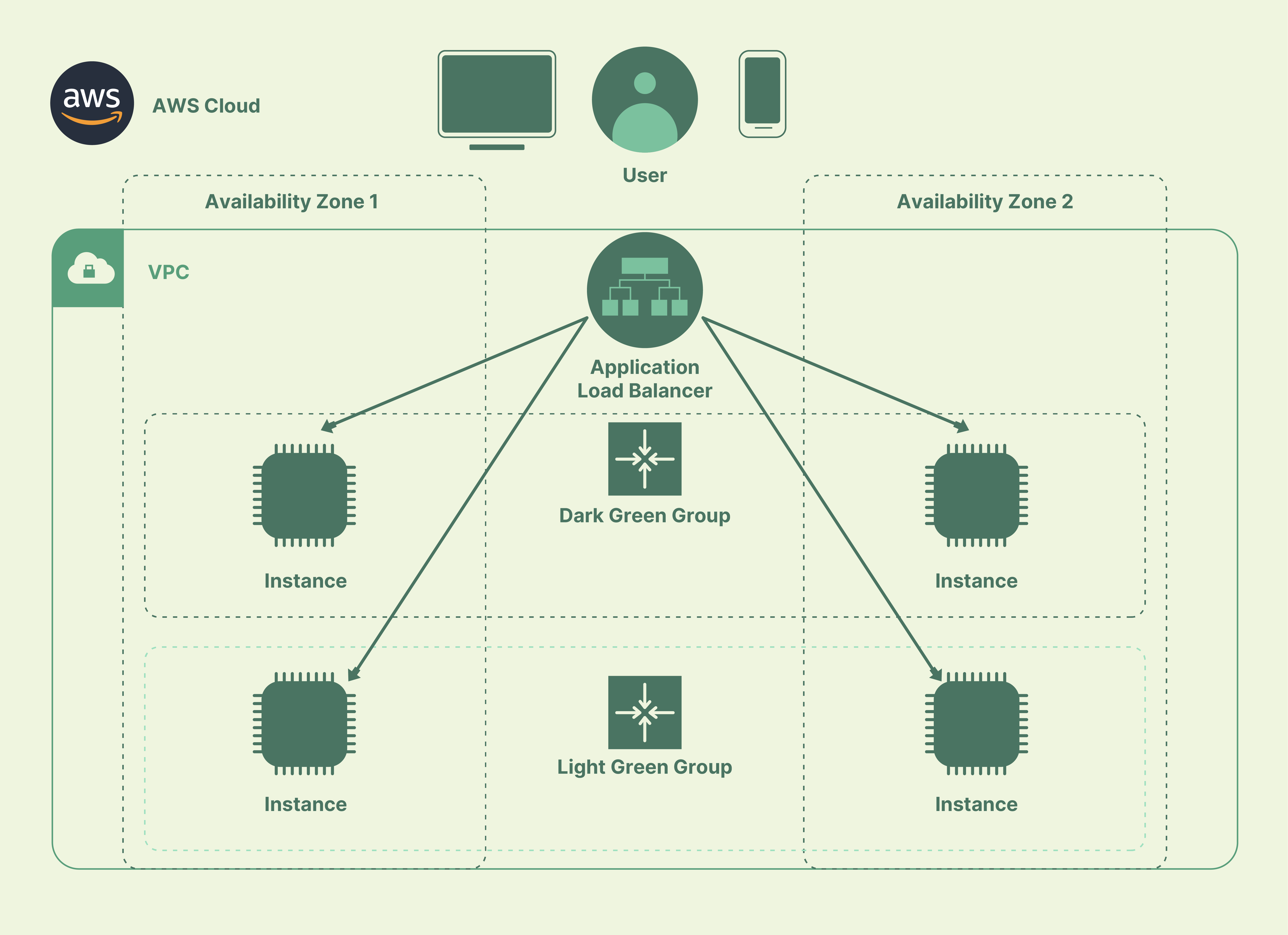
AWS elastic load Balancing distributes incoming traffic across many targets. Different Availability Zones locate these targets. The design of the Application Load Balancer (ALB) targets the application layer. It offers advanced routing and content-based traffic management.
The Application Load Balancer distributes traffic across target groups based on content. It offers advanced layer seven load balancing. It supports various protocols and architectures. These include web sockets, HTTP, HTTPS, microservices, and containers with deep EC2 integration. It features path-based and host-based routing.
It allows for routing to many applications on a single EC2 instance. Additionally, it enables cross-zone balancing. It also targets Lambda functions for HTTP(S) requests. Furthermore, it supports load balancer-generated cookies for sticky sessions.
Limitations:

3. Gateway Load Balancer
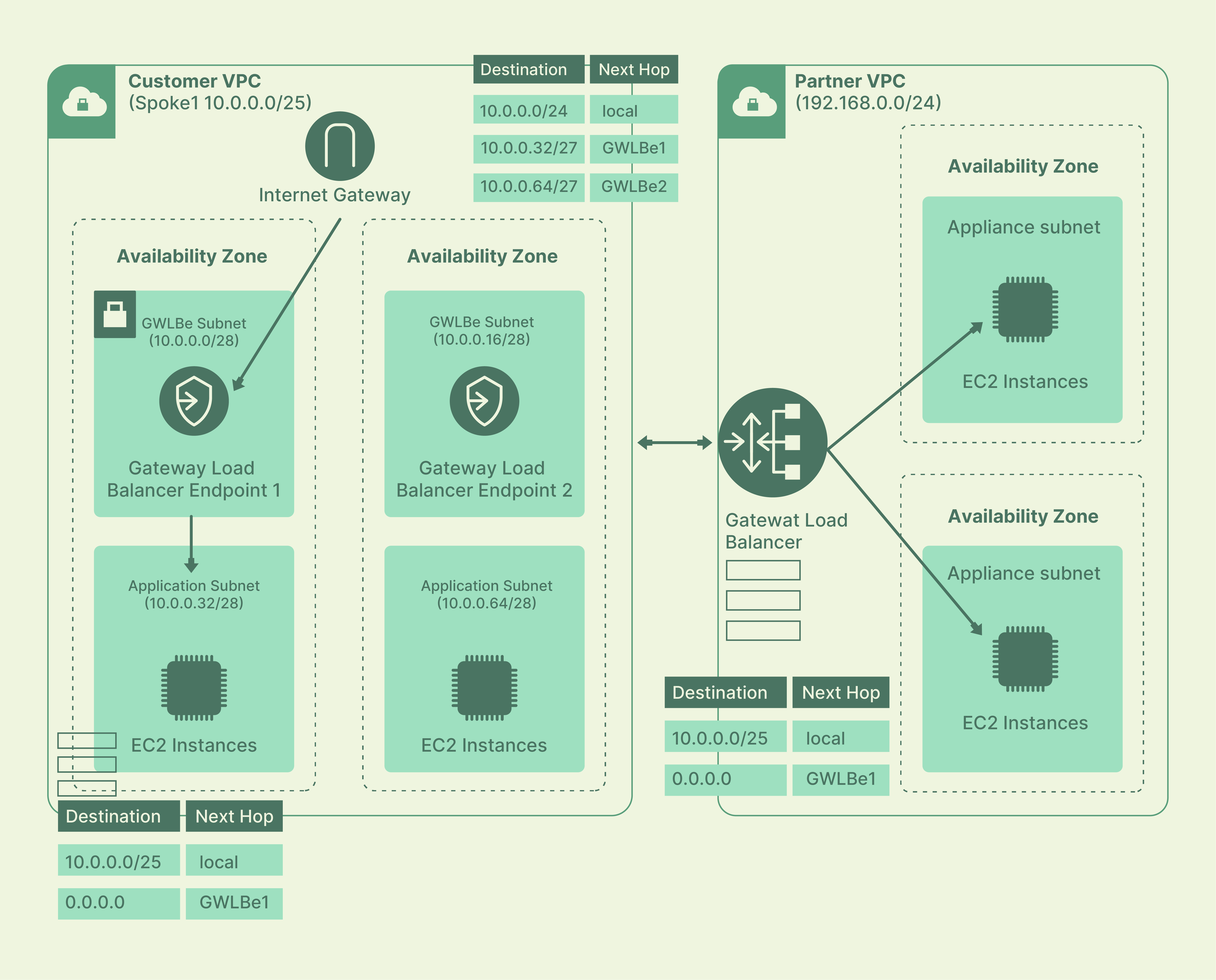
AWS Elastic Load Balancing disperses incoming network traffic. It targets various entities like EC2 instances and containers. Additionally, it monitors their health. The Gateway Load Balancer (GWLB) is a notable feature. It manages virtual appliances.
This service simplifies Magento scaling, installation, and management of third-party virtual appliances. It offers a single gateway for traffic distribution and dynamic scaling. It enhances network availability and reduces failure points.
Users can discover, test, and buy virtual appliances in AWS Marketplace. The integrated experience accelerates deployment. It enhances virtual appliances. It makes working with existing vendors easier or allows exploring new options.
Limitations:
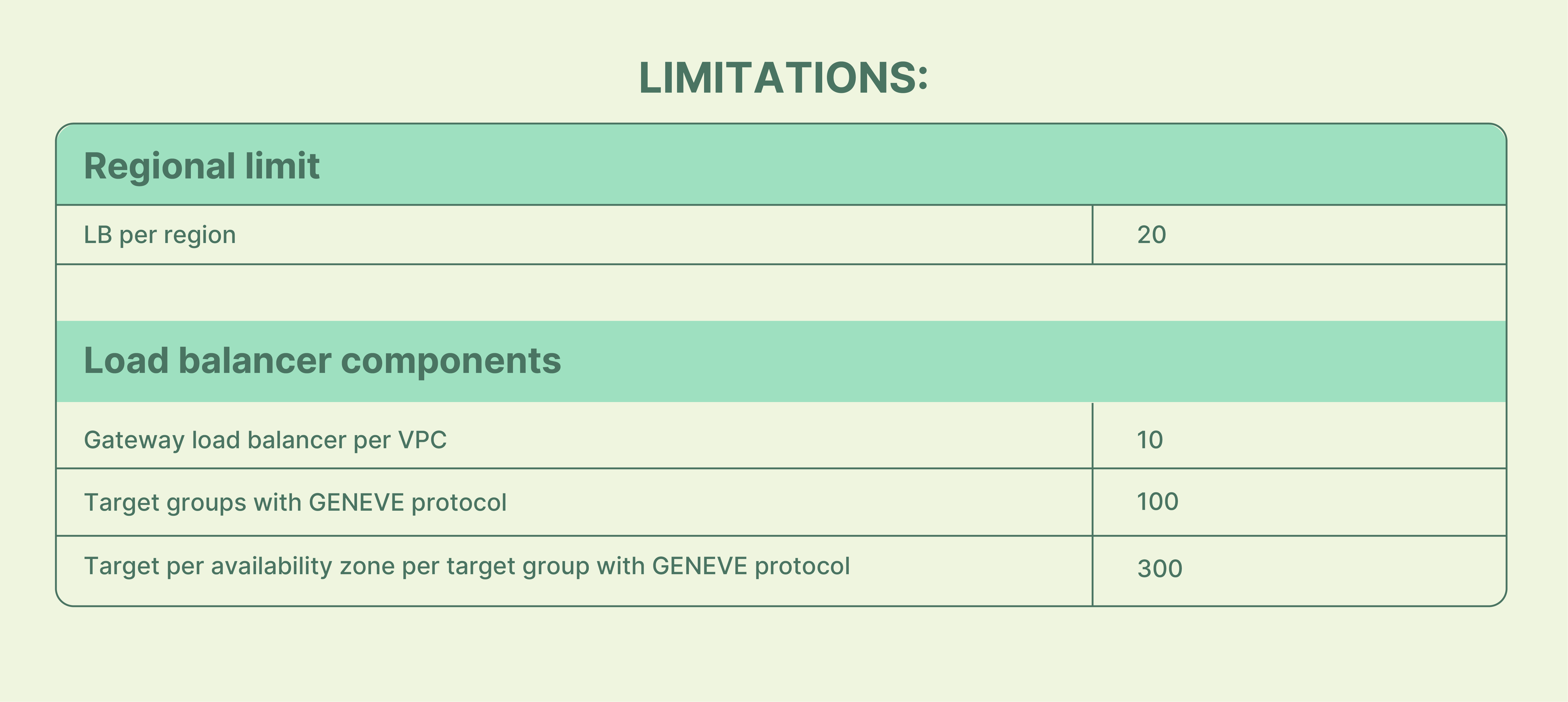
4. Classic Load Balancer
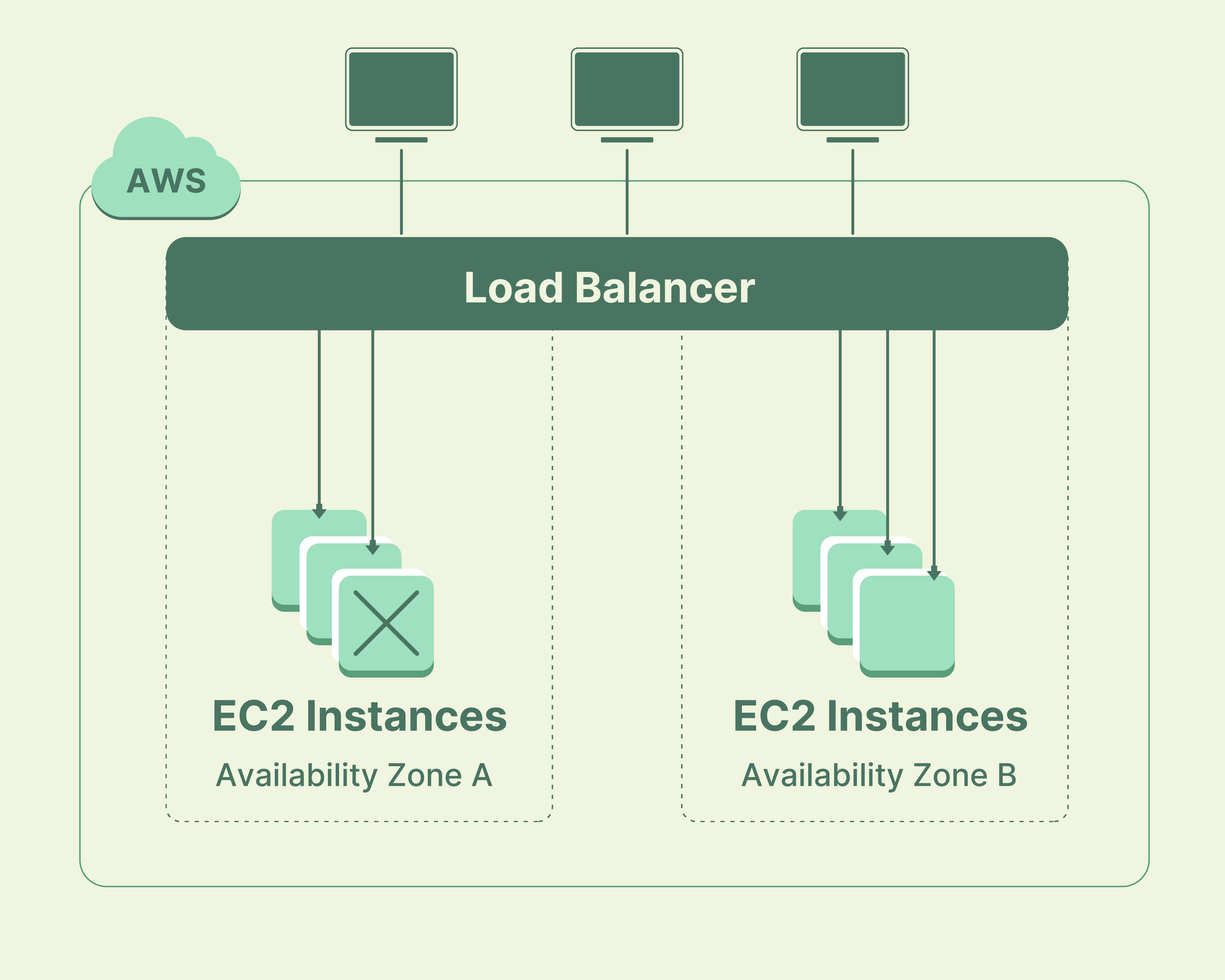
The Classic Load Balancer (CLB) is a legacy Layer 4 TCP/IP load balancer. It is no longer recommended for new applications. AWS advises customers to migrate. They can choose the Application Load Balancer (ALB) or Network Load Balancer (NLB). It is for improved features and performance.
The Classic Load Balancer distributes traffic across instances in various availability zones. It supports EC2 Classic and EC2-VPC. It enhances application availability by routing traffic to healthy instances. The balancer supports HTTP, HTTPS, TCP, and SSL protocols. It also supports sticky sessions via application-generated cookies. For optimal performance, maintaining balance is important. You should register instances with the load balancer. Ensure the number is equal in each Availability Zone.
Limitations:
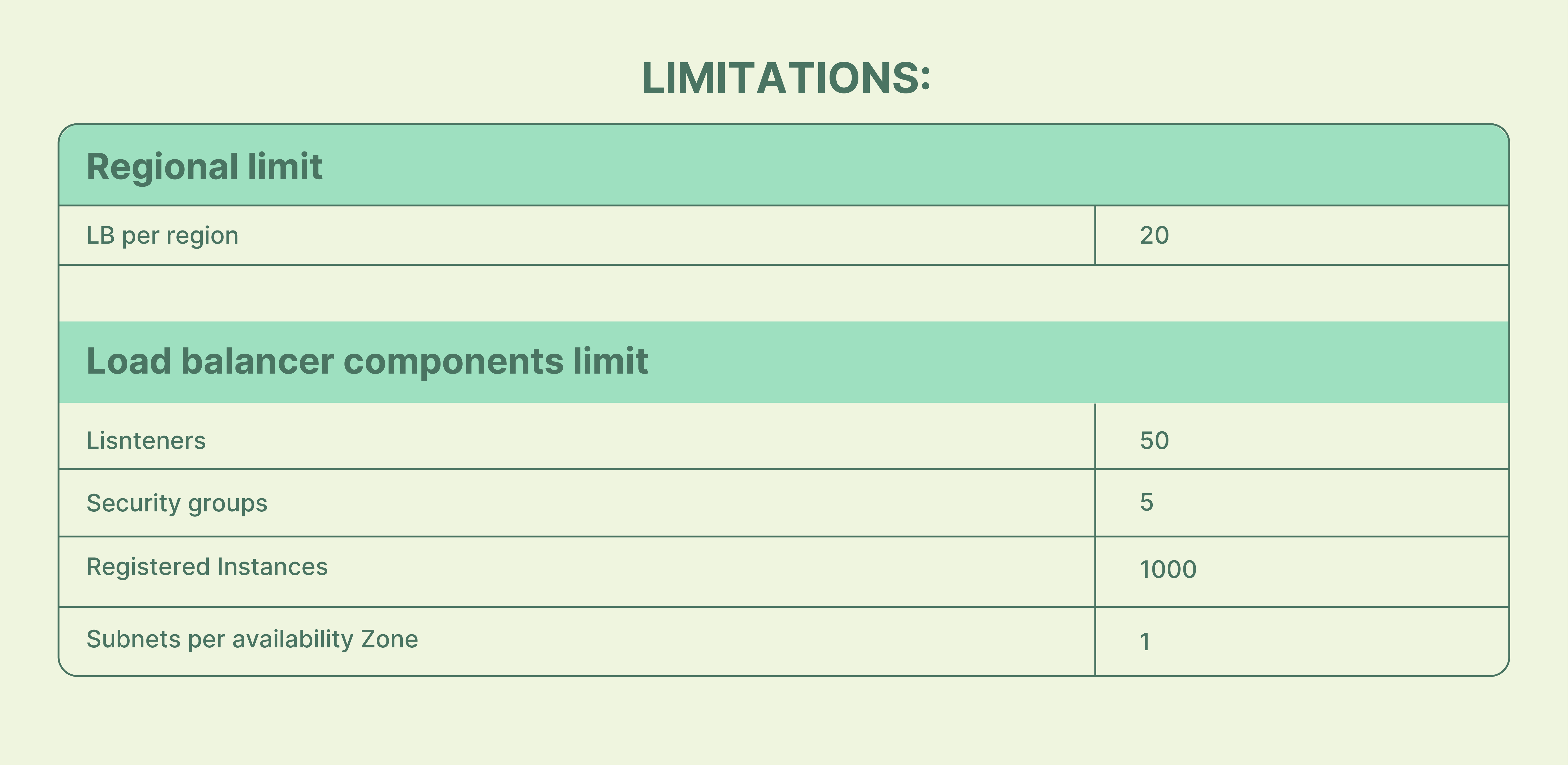
Magento 2 AWS Load Balancing Services and Performance Tools
| Service | Explanation |
|---|---|
| SFTP | Encrypts entire login sessions. Ensures secure data transmission. Simplifies file transfers. Provides a secure protocol for accessing remote servers. |
| LAMP | Combines Linux, Apache, MySQL, and PHP/Python/Perl. Enables robust web application development and deployment. |
| PhpMyAdmin | Offers comprehensive MySQL database management capabilities. Includes table creation, modification, import/export, and query execution. |
| SSH | Provides secure access to remote clients. Authenticates users through public key encryption. Enables secure communication between client and server systems. |
| SMTP Mail Integration | Assists in integrating email services with the e-commerce store. Ensures seamless communication with customers. |
| DNS Mapping | Links the website to its domain. Facilitates smooth domain mapping to the website. |
| CDN Integration | Speeds up content delivery to users worldwide. Uses Content Delivery Networks. Enhances website performance for high-traffic sites. |
| Website Modification Report | Detects and reports hacking attempts and vulnerabilities. Ensures server and application security. |
| SSL Integration | Implements a Secure Socket Layer (SSL) for secure online transactions. Secures login sessions, data transfer, and online transactions. |
| AWS Automatic Backup | Safeguards organizational data through EBS volume backups. Ensures data recovery in case of system failures or data loss incidents. |
| Resource Monitoring Notification | Provides real-time alerts on server resource usage. Enables proactive monitoring and troubleshooting. Prevents performance issues. |
| Server Activity Monitoring | Monitors server activities, including logins and file modifications. Enhances server security and accountability. |
| GitHub/BitBucket Integration | Integrates Magento eCommerce Cloud environments with GitHub/BitBucket repositories. Facilitates seamless code deployment and version control management. |
| Application Load Balancing | Utilizes AWS Load Balancer to distribute traffic across many targets. Ensures high availability and performance during peak loads. |
| Amazon ElastiCache Redis | Implements Amazon ElastiCache Redis for cache and session management. Delivers submillisecond response times for demanding applications. Enhances application performance by managing cache and session data. |
| S3 Integration for Magento 2 | Integrates Amazon S3 for storing media files and product content. Leverages CloudFront for content delivery. Enhances scalability of Magento 2 stores. Improves performance by offloading storage. Uses AWS for content delivery. |
| Support Period | Offers 30 days of support post-setup. Allows clients to verify functionality and ensure all features are operational. |
Benefits of Elastic Load Balancing
-
High availability: The Elastic Load Balancer supports Amazon EC2 Instances. It conducts health checks. It ensures an instance is operational. Then, it directs traffic to it. Developers can enhance application resilience by integrating Amazon Route 53 with DNS failover.
-
Automatic scaling: A developer can use AWS Auto Scaling. It maintains an adequate number of EC2 instances. An ELB manages them. They establish conditions for Auto Scaling. When met, these conditions trigger the launch of a new EC2 instance. It meets the minimal need. It meets the minimal need. Additionally, developers can set conditions to launch new EC2 instances. It helps reduce latency.
-
Security: AWS Elastic Load Balancer enhances app security within an Amazon VPC. IT teams can choose between an internet-facing or internal load balancer. The internal option allows developers to direct traffic. They can use private IP addresses via ELB.
-
Traffic Distribution: ELB distributes incoming traffic across various computing resources. It includes EC2 instances or containers. It ensures that no single resource gets overloaded while others stay idle. This approach optimizes resource use.
-
Availability and Fault Tolerance: ELB boosts the availability of your applications. It detects and reroutes traffic from failing or unhealthy targets. When a target is unhealthy, ELB halts traffic to it until recovery. It reduces potential failure impacts.
-
Health Checks: You can set up health checks to check the health of your computing resources. ELB directs traffic only to resources that pass these checks. It helps keep your application reliable.
-
Offloading Encryption: ELB can handle encryption and decryption tasks. It reduces the computational load on your compute resources. It allows them to focus on their main tasks.
FAQs
1. Can ELB distribute traffic across many servers?
Yes, ELB distributes incoming web traffic. It spreads the load across many servers. It prevents any single server from becoming a bottleneck. It enhances the efficiency and reliability of your application.
2. How do I configure ELB with web servers?
You can configure ELB with web servers using the AWS Management Console. First, define your load balancer settings. Then, link it to your web servers. It enables the distribution of traffic based on your rules.
3. Is it possible to use ELB to manage traffic across many availability zones?
ELB can manage traffic across servers in many availability zones. This feature enhances your applications' fault tolerance. Dedicated Magento hosting ensures an issue in one zone doesn't impact your entire operation.
4. Can ELB adjust to changes in web traffic?
Yes, ELB adjusts its capacity. It responds to incoming web traffic. It ensures that your applications maintain high performance and availability. No need of manual intervention.
5. How does encrypting traffic work with ELB?
ELB can offload the encryption and decryption of traffic. It allows you to secure data in transit to and from your web servers. It does this without adding extra computational load on them. Its configuration occurs within the ELB settings.
Summary
Magento 2 load balancer boosts site's speed by distributing requests across many servers. Key benefits include:
-
High availability and fault tolerance through traffic distribution.
-
Automatic scaling for handling varying traffic loads.
-
Enhanced security features for protecting your application.
-
Offloading encryption to reduce computational load.
Ready to optimize your store's load balancing? Use managed Magento hosting services for a seamless setup and maintenance experience.


